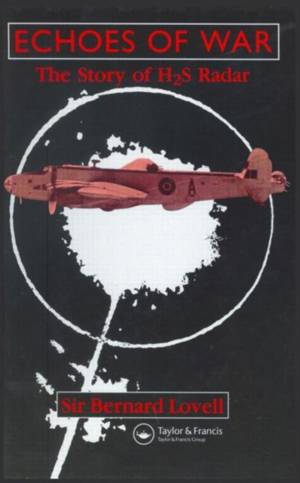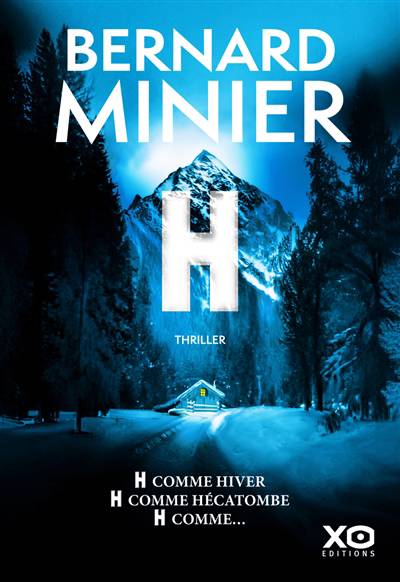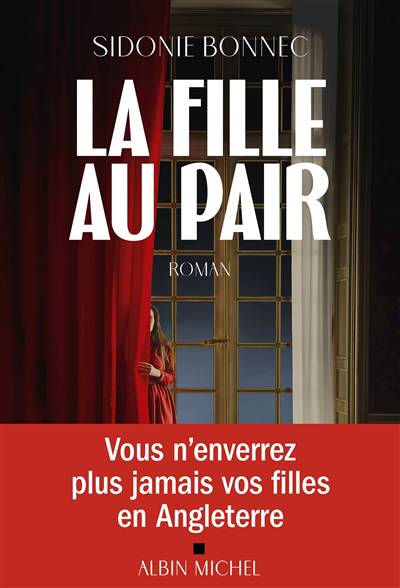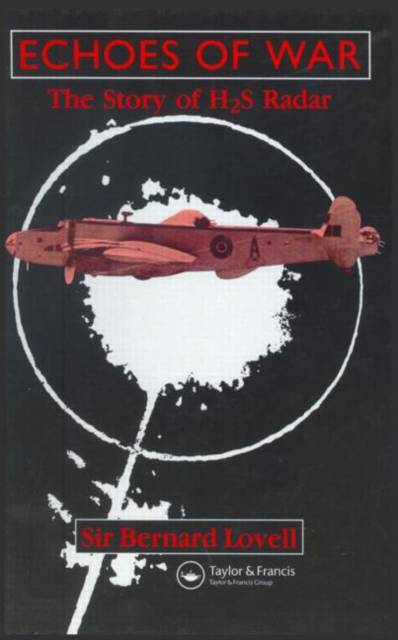
- Retrait gratuit dans votre magasin Club
- 7.000.000 titres dans notre catalogue
- Payer en toute sécurité
- Toujours un magasin près de chez vous
- Retrait gratuit dans votre magasin Club
- 7.000.0000 titres dans notre catalogue
- Payer en toute sécurité
- Toujours un magasin près de chez vous
351,45 €
+ 702 points
Format
Description
August 1939 was a time of great flux. The fear of impending war fueled by the aggression of Nazi Germany forced many changes. Young people pursuing academic research were plunged into an entirely different kind of research and development. For Bernard Lovell, the war meant involvement in one of the most vital research projects of the war-radar. Echoes of War: The Story of H2S Radar presents a passionate first-hand account of the development of the Home Sweet Home (H2S) radar systems during World War II. The book provides numerous personal insights into the scientific culture of wartime Britain and details the many personal sacrifices, setbacks, and eventual triumphs made by those actively involved. Bernard Lovell began his work on airborne interception radar in Taffy Bowen's airborne radar group. He was involved in the initial development of the application of the 10 centimeter cavity magnetron to airborne radar that revolutionized radar systems. In the autumn of 1941, the failure of Bomber Command to locate its target over the cloudy skies of Europe prompted the formation of a new group to develop a blind bombing system. Led by Lovell, this group developed the H2S radar system to identify towns and other targets at night or during heavy cloud cover. H2S first saw operational use with the Pathfinder Squadrons in the attack on Hamburg during the night of January 30-31, 1943. Two months later, modified H2S units installed in Coastal Command aircraft operating over the Bay of Biscay had a dramatic tactical effect on the air war against U-boats. The tide had begun to turn. In this fascinating chronicle of the H2S radar project, Sir Bernard Lovell recreates the feel and mood of the wartime years.
Spécifications
Parties prenantes
- Auteur(s) :
- Editeur:
Contenu
- Nombre de pages :
- 310
- Langue:
- Anglais
Caractéristiques
- EAN:
- 9780852743171
- Date de parution :
- 01-01-91
- Format:
- Livre relié
- Format numérique:
- Genaaid
- Dimensions :
- 161 mm x 241 mm
- Poids :
- 680 g

Les avis
Nous publions uniquement les avis qui respectent les conditions requises. Consultez nos conditions pour les avis.






